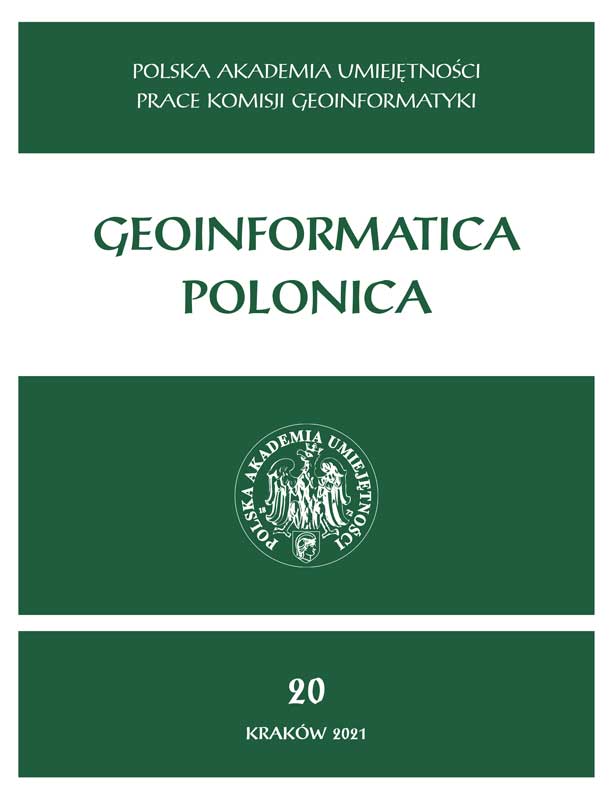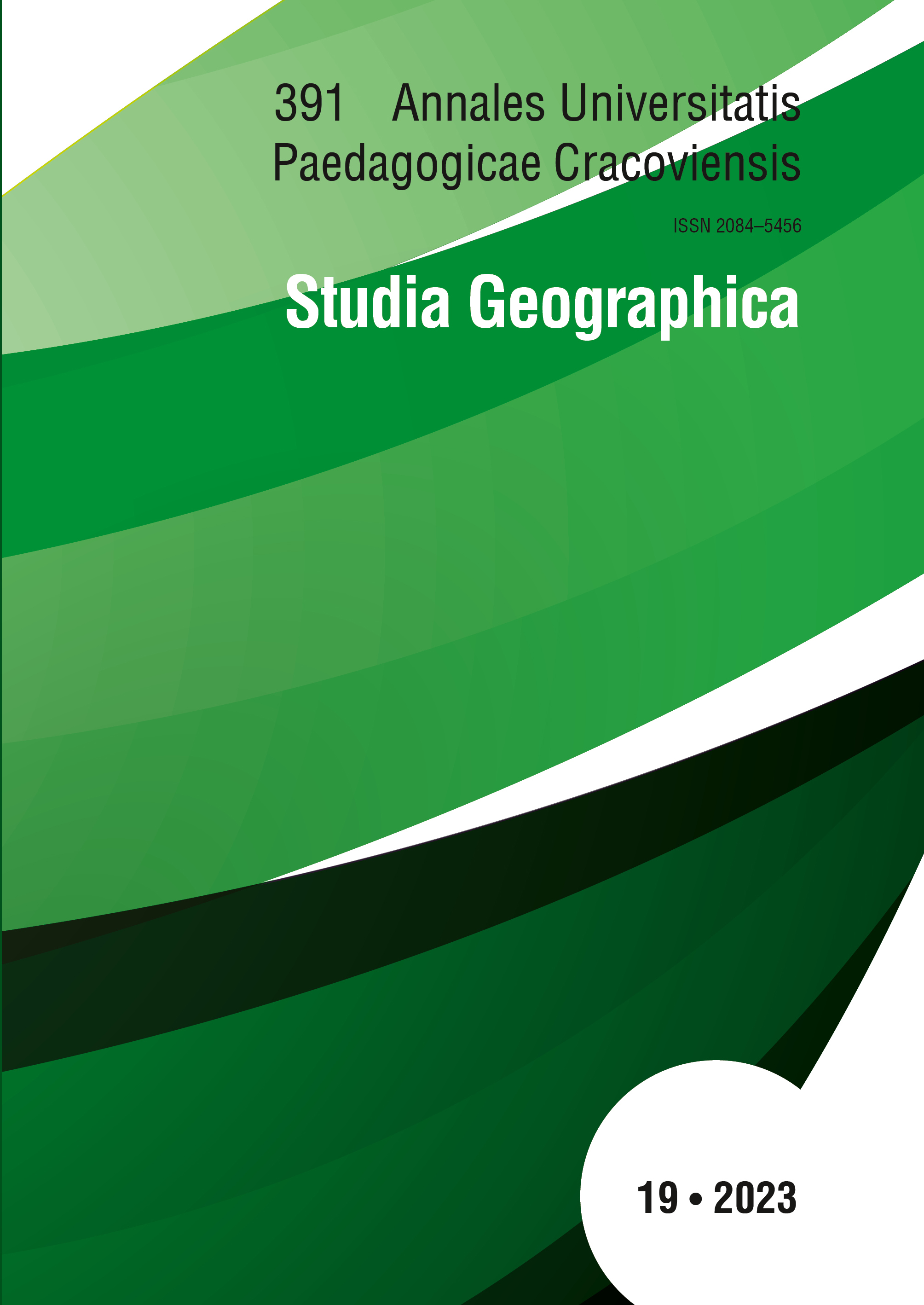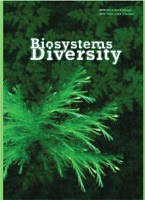
Augmented Reality in the Presentation of City Monuments: A Case Study of “Bielsko-Biała AR Guide” Mobile Application
Augmented Reality (AR) is one of the modern technologies used for sharing 3D geospatial data. This article presents possible ways of enriching a mobile application containing information about 50 objects located in the city of Bielsko-Biała with an AR functionality. The application was created in two programs: Android Studio and Unity. The application allows to get to know historical objects of the city, encourages to visit them by adding virtual elements observed in the background of a real-time camera image from a mobile device. The article presents the statistics of the application usage and the results of a survey conducted among a group of testers. Feedback from application testers confirms the validity of using AR technology in the application.
More...





